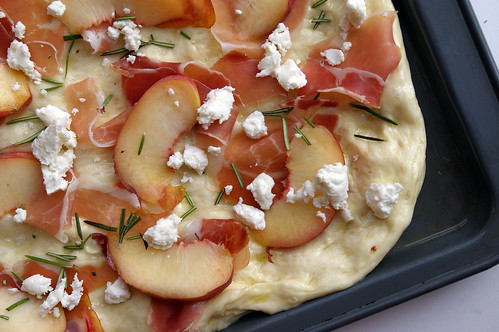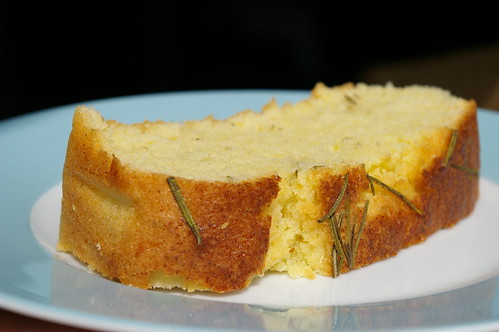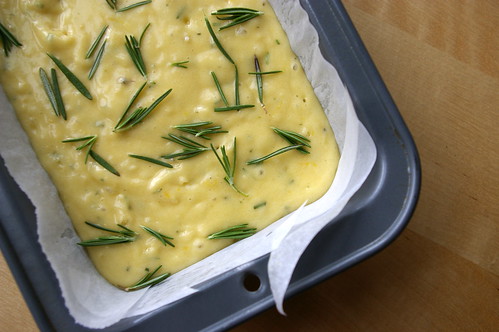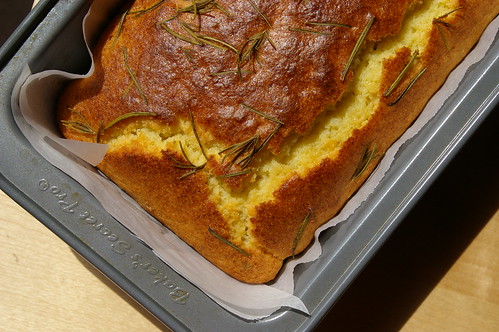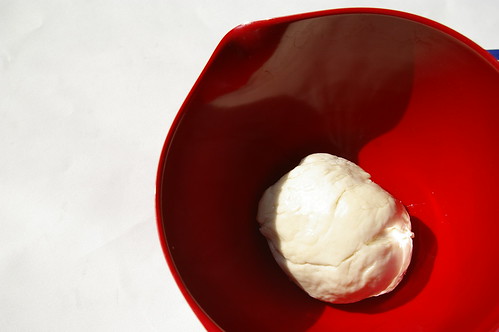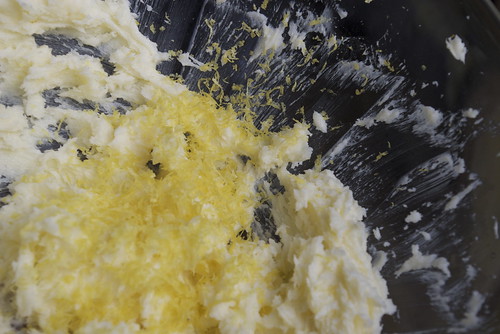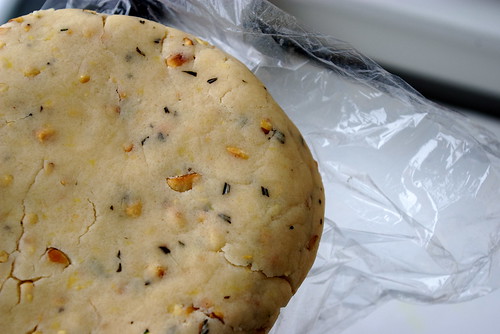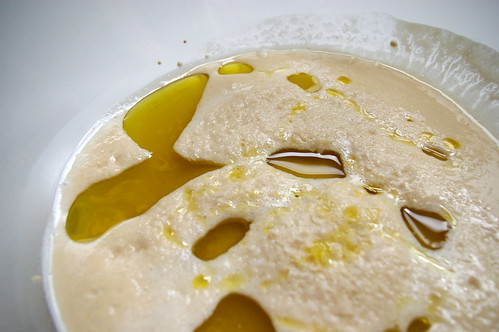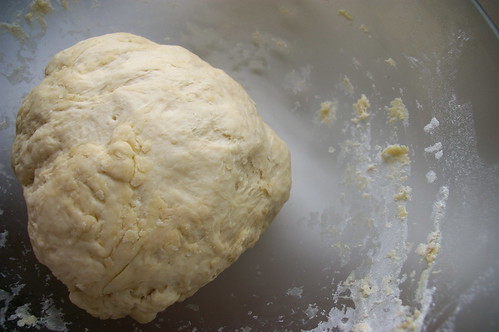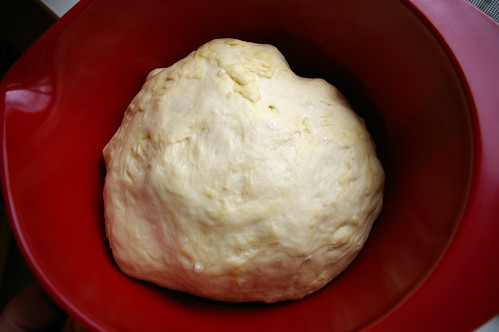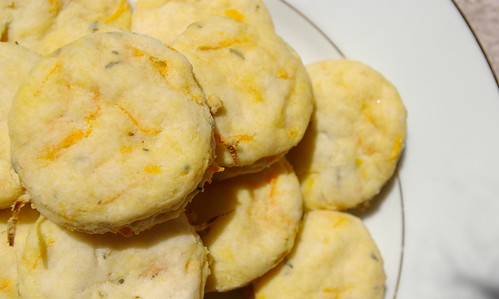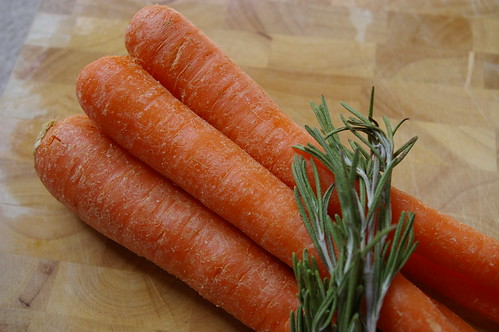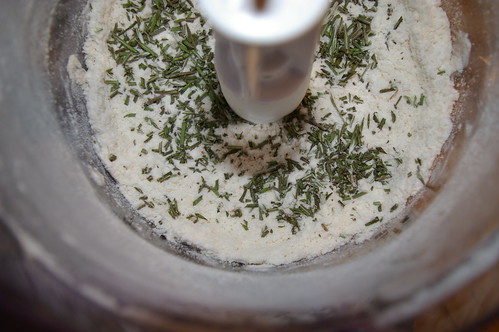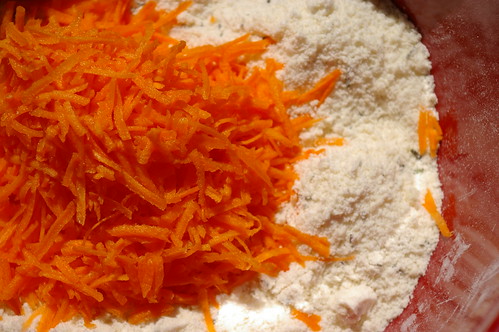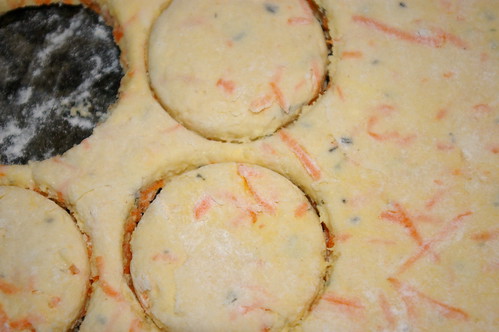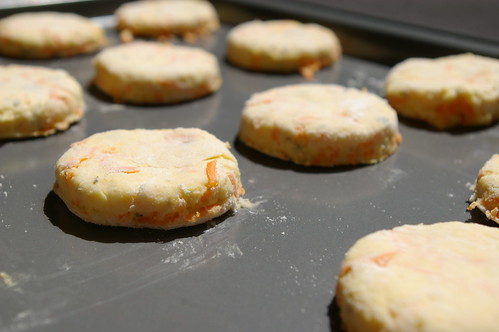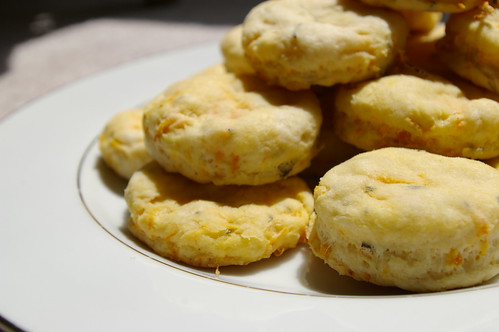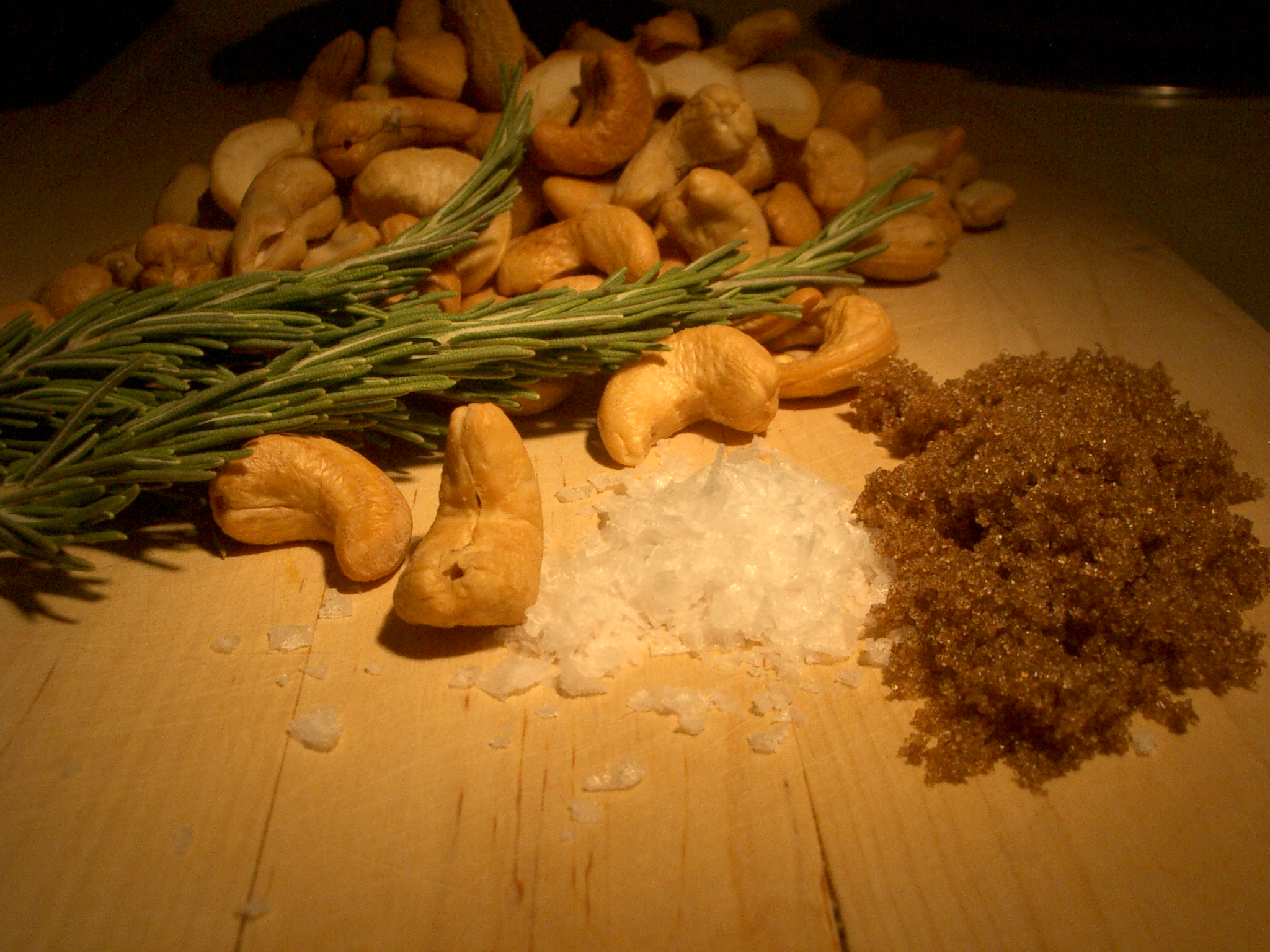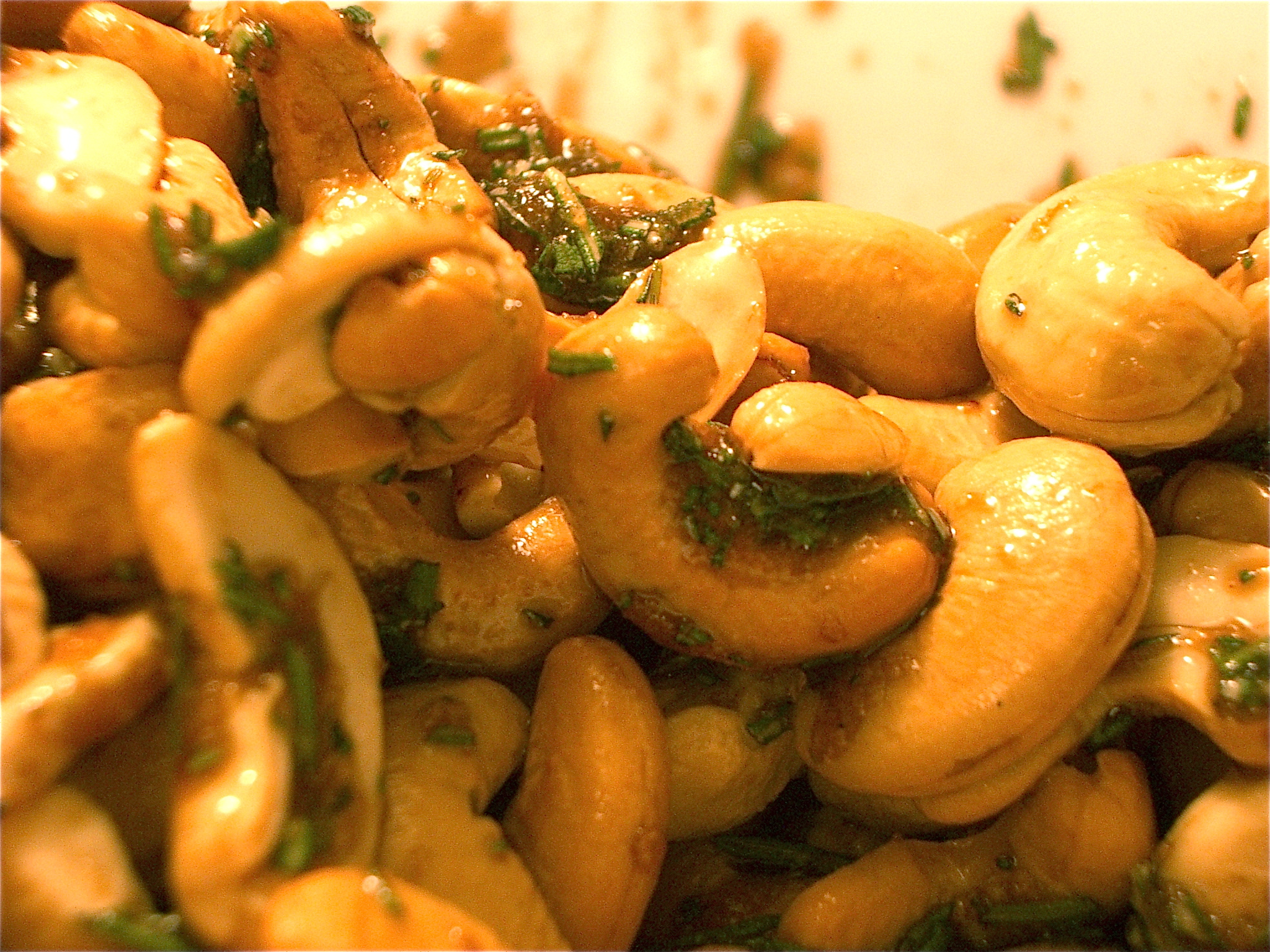A friend of mine has diagnosed me with a case of the ‘overwhelms’ and that’s a pretty accurate summary of where things are at right now. I’ll have book news (OMG!) in a blog post later this week, work is hectic and the last few months have been filled with lots of amazing and lots of truly heartbreaking things. For each of those there are drafts of blog posts that I haven’t been able to bring myself to finish writing and post.
But one bright spot has been that my Writer Girls — a collection of my closest friends from my early days at the University of Victoria — were in town a couple of weeks ago for a visit and we spent three glorious days eating, drinking, laughing and catching up. There is no better way to recharge than to spend time with people who know you almost better than you know yourself. And, better than that, have far better memory-retention skills and can recall, at a moment’s notice, all the hilariously dumb things you’ve done or said in the last 20 years. And trust me, there are a lot of them.
On the final day, between ferrying the girls back to the airport to catch their flights back home, we decided an afternoon snack was in order and my friend Julie wandered off to the local grocery store in search of cheese and crackers. She returned with those, along with a huge box of dusky dark purple Coronation grapes. Beyond their stunning colour, they have this beautiful slightly sweet, slightly pungent taste. They were perfect with cheese.
And then all of my girls were gone and I was left with the remainder of the grapes.
And for some unknown reason, I remembered seeing a recipe for a focaccia topped with Concord grapes and sprigs of rosemary and that’s all I could think about. Salty-sweet, with the grapes roasted and warm and all that lovely woodsy rosemary strewn over the whole thing.
In Italian, it’s known as Schiacciata con L’uva and it’s a truly autumnal bit of baking linked to the grape harvest in Tuscany. So, Concord or Coronation grapes are perfect for this focaccia since this is exactly when they are in season. Mostly you read about this being made with Concords. (The Coronation was developed here in Canada and seems more popular on this side of the border.) The benefit of using Coronations, though, is that they are seedless (yay!) and, judging from some of the recipes I found online, not having to de-seed grapes saves a lot of time and mess. Since I’m generally prone to getting food all over what I’m wearing, having an option to at least reduce the chance of staining myself purple is a good thing.
These grapes are delicious on their own — especially cold from the fridge and most definitely when served with some nice crackers and cheese. But roasting them into a focaccia that has been sprinkled with raw sugar, flaked salt and rosemary tranforms them to something so much more. They get a bit jammy, their skins wrinkle and their dark purple juice stains the bread around them. Their complex flavour plays well with the herbal hit of rosemary and, well, it’s all on focaccia, so what more could one ask for? Other than having my Writer Girls here for one more weekend to eat some with me.
Since we’re planning on next meeting up in Italy next fall, though, there’s a very good chance I’ll be able to make it for them then.
Coronation Grape and Rosemary Focaccia
I adapted this from a few different sources, mostly amping up the amount of grapes and rosemary — you know, the good parts.
- 1 cup warm water (between 105 and 110F)
- 2 tablespoons milk
- 1 1/2 teaspoons sugar
- 1 1/2 teaspoons active dry yeast
- 2 3/4 cups all-purpose flour
- 1 teaspoon salt
- 5 to 6 tablespoons olive oil, divided
- 1 1/2 cups Coronation grapes
- 1 tablespoon rosemary leaves
- 1 tablespoon raw sugar
- 2 big pinches flaked sea salt
In the bowl of a stand mixer fitted with a dough hook, combine the water, milk, sugar and yeast and let sit until the yeast has bloomed and is creamy looking. Add the flour, salt and 2 tablespoons of the olive oil and mix on low speed until combined and then turn the speed up to medium and knead the dough until it forms a smooth ball, about 8 minutes.
Add 1 tablespoon of oil to a large bowl and use your fingers to spread the oil around the bowl. Transfer the ball of dough to the oiled bowl and turn to coat the dough all over. Cover and let rise in a warm place until doubled in size, about 1 to 1 1/2 hours.
Line a baking sheet with a piece of parchment paper that hangs over the edges. (I’ve found this is the best way to make sure the focaccia doesn’t stick to the pan or the parchment.) Pour on 1 tablespoon of olive oil and spread all over the parchment that covers the pan. (There’s no need to oil the overhang.) Tip the risen dough onto the prepared baking sheet and, using the tips of your fingers, stretch the dough to fill it, dimpling the surface as you go. If the dough resists, wait a few minutes and then continue. It will fill the baking sheet with a little patience. Drizzle another tablespoon or two of olive oil over the dough, letting it fill the dimples. Cover loosely with plastic wrap and let it rise again for about 30 minutes.
As it rises, preheat the oven to 450F.
Just before baking, scatter over the grapes, rosemary, raw sugar and flaked salt, pressing them in to the dough slightly. Bake until golden and cooked through, about 15 minutes.
Serve warm or at room temperature (if it lasts long enough to cool to room temperature).


